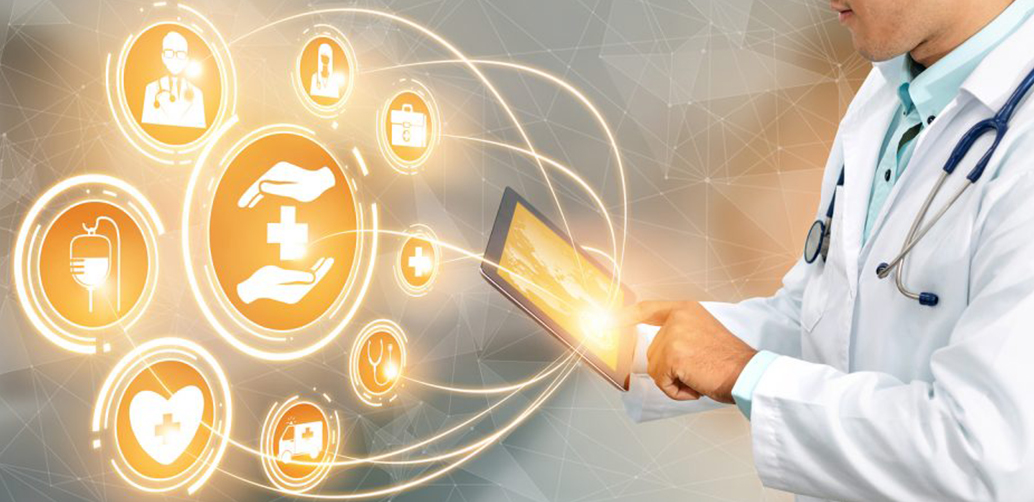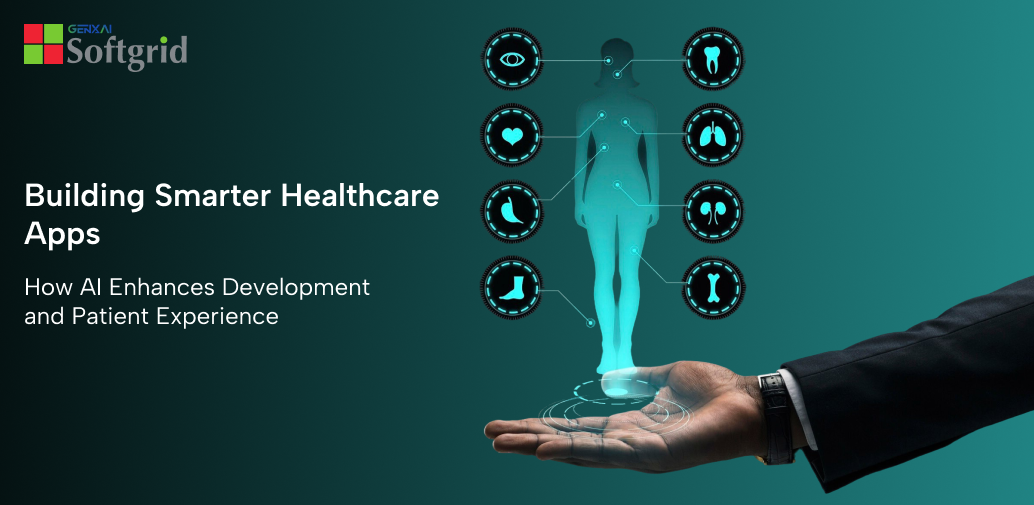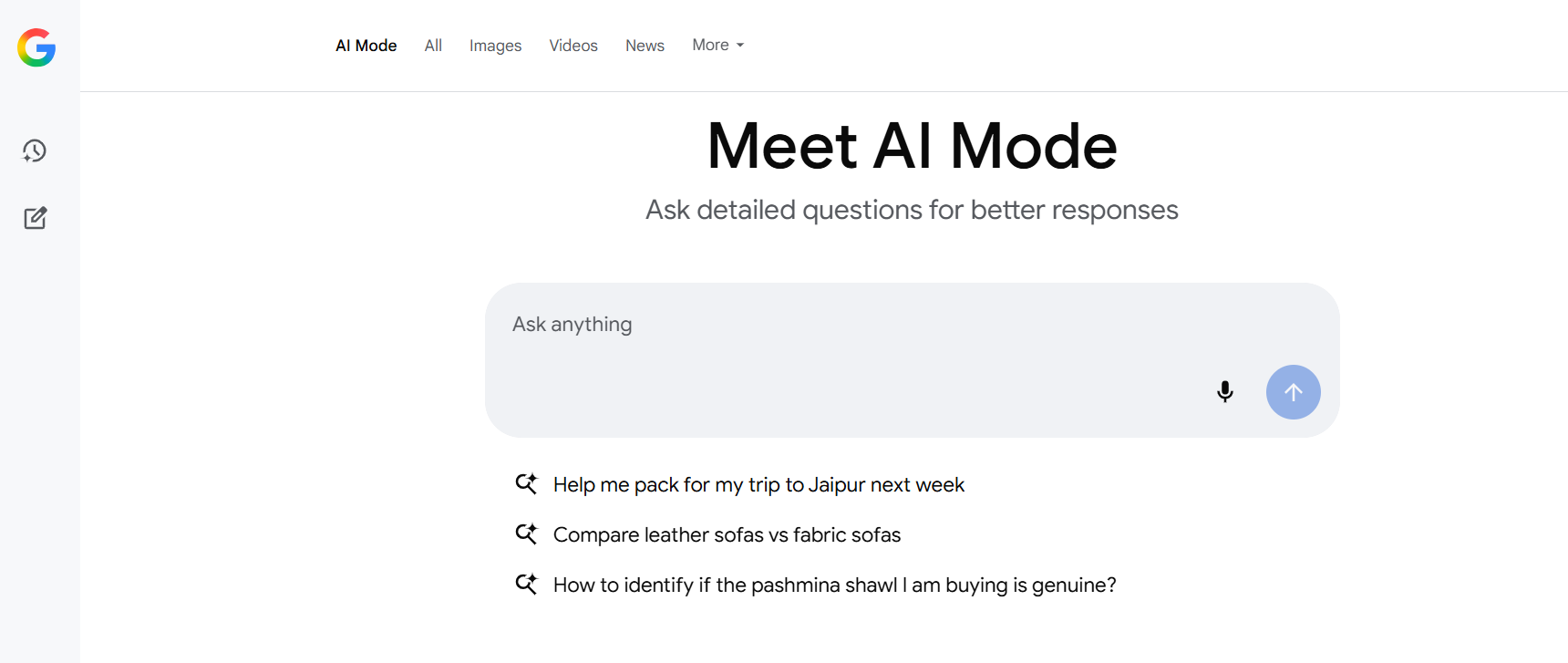The Covid-19 has the global healthcare organizations cognizant of its fragile healthcare infrastructure. Prior to the pandemic, the global healthcare scenario was very different and it has taken a drastic shift to accommodate the rising demand faced by the healthcare industry post the CoronaVirus. India has been laid back when it comes to improving healthcare services and it has been the lowest priority for the Indian Government over the past few decades as it spends only 1% of the entire Indian GDP on healthcare. This makes India one of the lowest ranking countries in the Worldwide Healthcare Index.
The weak healthcare reforms and the growing population lacks a proper logistic supply change that can succumb to the current healthcare scenario in India. The healthcare industry in India was going through an all-time low. Many small-scale including a few third-tier and second-tier healthcare facilities were shutting down as they were unable to operate effectively due to the low funds.
With the rising coronavirus cases in the country, it was the need of the hour to focus on the healthcare sector and find ways that could improve and serve the high demands of consumers for healthcare facilities. Incorporating technology and investing in various healthcare tech systems was a way out to ensure that the healthcare industry was able to serve its existing patients and also raise enough revenue to sustain.
Why has healthcare technology accelerated in India?
The novel coronavirus has adversely affected countries and the healthcare system from across the globe. Governments had imposed lockdown in many parts of the country including in India. The strict lockdown across the nation affected the medical facilities across second and third tier healthcare organizations and the logistics in general.
Owing to this sudden change in the healthcare industry the health tech saw a rapid rise and a recorded surge in demand for implementing healthcare tech in healthcare organizations. Teleconsultation was the primary demand of consumers and subsequent to this the Government of India was encouraged to issue telemedicine guidelines that enable healthcare organizations to ensure that their workflows seamlessly and there were uninterrupted operations of the Indian Healthcare fraternity.
The “Digital India Movement” had already made the internet accessible to people and institutionalized online pharmacies however, now incorporating technology had become more mainstream by getting doctors, healthcare organizations, local clinics, consumers, and potential consumers to directly connect through AI-based applications that aids in making medical decisions faster, streamlining patient history, and monitoring patients with chronic 24×7 which in return improves care delivery and patient outcomes.
How can you integrate technology into your healthcare organization?
Post the pandemic the way that healthcare is delivered is already evolving at a very rapid pace. We must say that digital technology has accelerated the fight against the novel coronavirus. The pandemic saw that several healthcare organizations have used this new-age technology to help manage the high demands and sustain during the time of crisis. A recent report suggests that $250 billion is being spent in the United States of America so traditional healthcare can make a shift to a virtual care model. There is a significant rise in demand for telehealth across the globe.
If you wish to integrate technology into your healthcare organizations below are the various ways through which your organization can curb the global impact of the novel coronavirus and take a look at healthcare technologies that will help you fight in this time of crisis:
Telemedicine: Telehealth has proven to be an effective tool in containing the spread of the virus and also leveraging healthcare facilities to go on with treatments of patients without risking the health of frontline works including doctors and other hospital staff. Digital monitoring is being used worldwide and if and when implemented effectively telemedicine is an efficient tool that enables healthcare facilities to virtually monitor patients and increase access to quality healthcare significantly. These systems are designed to detect illness at an early stage where it is possible and helps patients with chronic illness to manage their condition.
Internet of Things: Tools such as various mobile apps, tracing apps, migration maps, that use smart devices to track patient’s health and help collect real-time data. These apps help health care service providers to monitor patients with chronic health problems and constantly record vital information such as blood sugar levels, cholesterol, and blood pressure levels that enable healthcare professionals to take action before it is too late. These apps also enable patients to monitor their own health and take necessary self-care measures. Integrating such apps will improve patients outcomes and most importantly enhance the delivery of care.
Storing Data: Healthcare facilities require a safe and secure way to save vital information about their patients. Storing data aids in making quicker big medical decisions and tracking patients’ health records easily. This also enables patients to have their entire medical history at their disposal and storing big data will transform the entire scenario in healthcare. This will also help in information sharing among healthcare facilities, identifying the right treatment and the various modalities of treatment that will have a positive impact in the long run.
Digitalization: Digitalization will save healthcare institutions from human error and also provides easy access to the database. The use of blockchain app development services will help organizations have a full-proof platform that will help them detect early epidemics, succeed in supply chain management, and will prepare healthcare professionals to be prepared for outbreaks and treatments.
AI Diagnostics: Artificial Intelligence is an asset that has been used for risk prediction and rapid diagnosis. However, this will require an established healthcare app development team to provide you a custom-made software that is suitable for your organization and set the algorithm right and train the device to diagnose and detect the disease.
Conclusion:
The biggest challenge for the healthcare industry today is to what degree can they incorporate digital strategies to enable them to engage the high consumer demands. Digital health ecosystem plays a crucial role in helping prevent people from getting infected by the novel Covid-19 and managing other chronic illnesses. If you are contemplating integrating healthcare tech in your healthcare organization, don’t think further SoftGrid Computers is your one-stop destination.

 Web and Full Stack
Web and Full Stack CMS and Frameworks
CMS and Frameworks Online Marketing
Online Marketing Cloud Services
Cloud Services ECommerce
ECommerce Mobile
Mobile



